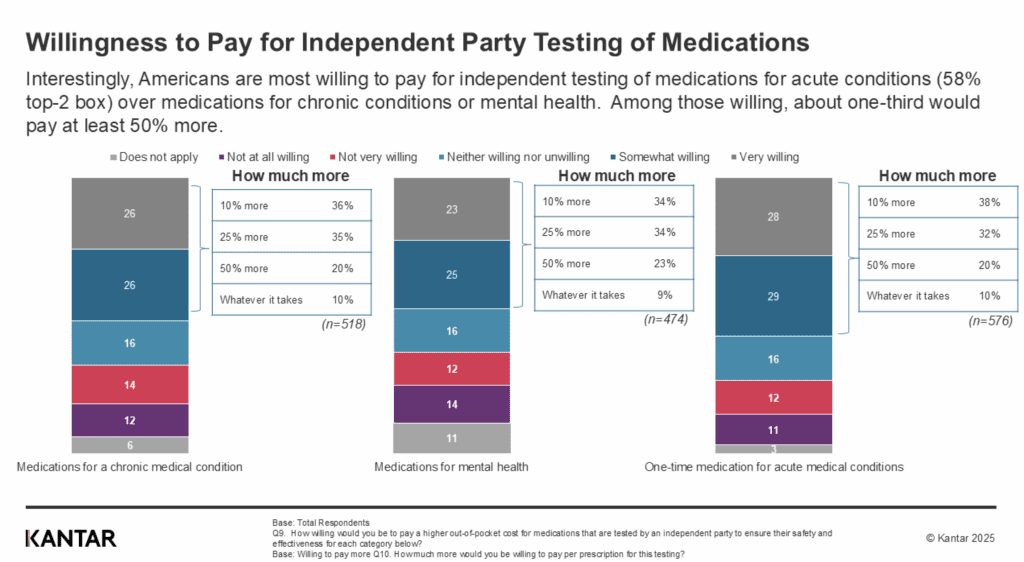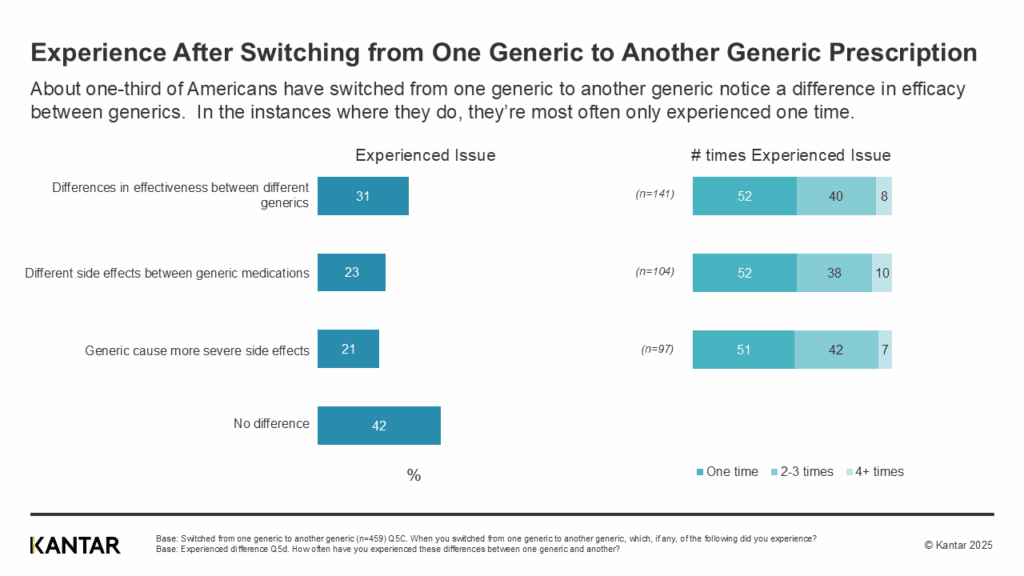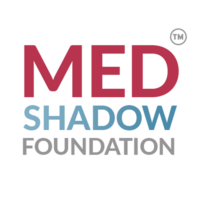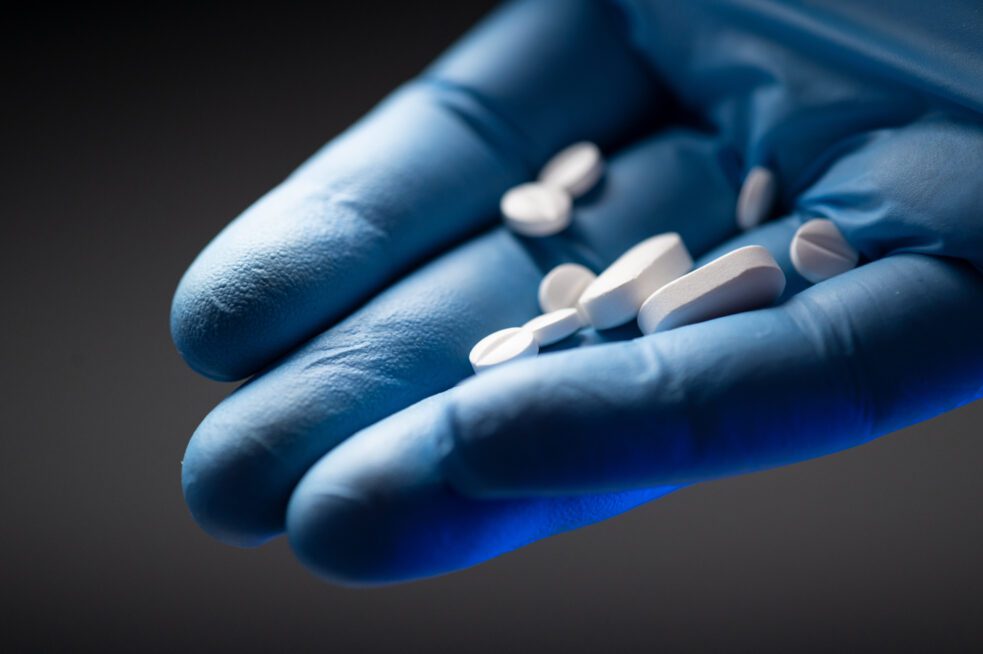Two-thirds of Americans say they would be willing to pay more for medications if they were tested by an independent third party to ensure their safety and effectiveness, according to a new nationwide survey of 1,000 people conducted over one week by Kantar on behalf of MedShadow. Among those who said they’re willing to pay for independent testing, one third would pay at least 50% more, one third would pay up to 25% more, and one third would pay up to 10% more.
Americans are most willing to pay higher out-of-pocket costs for one-time medications (58%). Around half would also pay more for medications for a chronic condition (52%) or mental health (47%).

Overall, this new survey sheds light on how Americans use and perceive brand-name and generic drugs. The vast majority (80%) of Americans who have taken a prescription in the past year take them regularly (at least monthly) and report taking three to four prescriptions on average.
Read a full copy of the report.
Generics Aren’t Always Interchangeable: One-Third of Americans Report Problems
Four out of five Americans believe that both brand-name and generic drugs are safe and effective. However, when asked about their experiences switching from a brand name to a generic or from one generic to another, a third of Americans (36%) report that they have experienced differences such as reduced effectiveness, new side effects, or more severe side effects.
“The FDA assures the public that all generics are equivalent to brand drugs — that they are just as safe and effective as brand-name drugs,” says Suzanne Robotti, founder of MedShadow, former FDA Advisory Committee member, and patient advocate. “While that is the intent, that is not always the reality for patients. A small but significant amount of generic drugs are sub-quality, and that puts patients at risk.”
In most cases, the differences in efficacy and new side effects were experienced only once, but for those who experienced more severe side effects, half of the respondents said it happened two to three times.

“Experts and investigative reporters, including ours at MedShadow, have been sounding the alarm,” continues Robotti. “Our research and the overwhelming response to our social media posts demonstrate that many people have experienced generic drug failure. With this research in hand, we call on doctors to believe patients when they say a drug is not working and help them find one that does. And, we call on the FDA to put better safety checks in place for the drugs made both here and in other countries to keep Americans healthy.”
Americans Favor U.S.-Made Drugs Over Imports
While most Americans believe that generics are exactly the same (62%) and are held to the same standards (73%) as brand-name drugs, the majority of Americans (67%) also feel that U.S.-made drugs are safer or more effective than drugs made overseas. More than 90% of the drugs taken in the U.S. are generics, and up to 86% of the active ingredients in those drugs are manufactured overseas.
Age differences had the greatest bearing on responses. For example, 73% of respondents aged 44 and younger believe that prescriptions made in the U.S. are safer compared to 51% of those 45 and older.
People under 45 also share a higher skepticism regarding the safety and efficacy of both brand and generic drugs, with around one in 10 saying they disagreed that the drugs were safe (brand name: 10% / generic: 12%) or effective (brand name: 12% / generic: 9%), compared to those aged 45 and older who disagree about safety (brand name: 3% / generic: 4%) or efficacy (brand name: 2% / generic: 4%).
Survey Methodology
This research was conducted online among 1,000 people across the United States. Respondents were sourced from the Kantar Profiles Respondent Hub. All interviews were conducted as online self-completion between June 20 and 25, 2025, and collected to be census representative for age and gender. All respondents reported that they have taken at least one prescription drug in the past 12 months.






